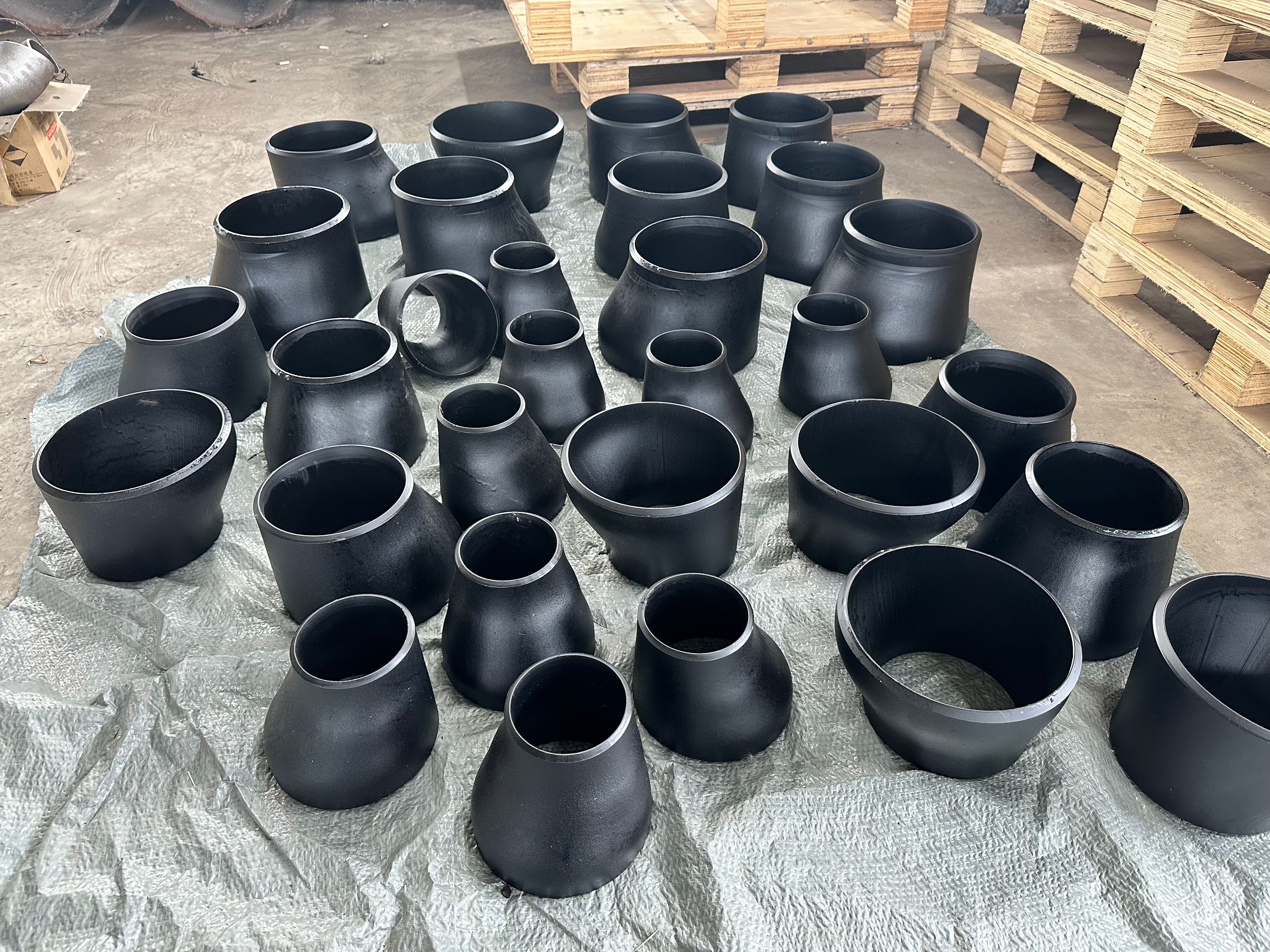
Phone: 0086-13835148369
Tel: 0086-351-6814836 Ext.8032
Fax: 0086-351-8390339
E-mail: sxmidas.com@aliyun.com
Website2:www.midaspipelines.com
When selecting Carbon Steel Pipe Fittings for low-temperature environments below -20°C, the core is to prioritize ensuring the low-temperature toughness and structural stability of the material, while avoiding the risk of brittle fracture. Specifically, the following three material properties should be focused on.
Carbon Steel Pipe Fittings are prone to brittle fracture at low temperatures due to insufficient toughness, so it is essential to carefully check the low-temperature impact energy of the material.
· Prioritize materials that have passed the low-temperature impact test, such as Q345D/E and A333 Gr.6. Their impact energy (Akv) can still meet the standard requirement of ≥34J even at -40°C or lower, which can effectively resist impact loads at low temperatures and prevent sudden fracture of Carbon Steel Pipe Fittings.
· Avoid Carbon Steel Pipe Fittings made of ordinary low-carbon steel. This type of material has poor low-temperature toughness, and its impact energy decreases significantly below -20°C, making it prone to failure under pipeline vibration or pressure fluctuations.
The chemical composition of the material directly affects the mechanical properties of Carbon Steel Pipe Fittings at low temperatures, so strict control of carbon content and attention to the addition of alloying elements are necessary.
· The carbon content should be ≤0.20%. Excessively high carbon content will increase the hardenability of Carbon Steel Pipe Fittings, raising the brittle transition temperature at low temperatures and increasing the risk of brittle fracture.
· Prioritize carbon steel pipe fittings that contain alloying elements such as nickel (Ni) and manganese (Mn). Nickel can significantly lower the brittle transition temperature, and manganese can improve low-temperature toughness. For example, Carbon Steel Pipe Fittings made of A333 Gr.6 material contain approximately 0.5% nickel and can adapt to low-temperature environments of -45°C.
The grain size of the steel determines the structural stability of Carbon Steel Pipe Fittings at low temperatures, so products with fine-grained structures should be selected.
· Prioritize Carbon Steel Pipe Fittings that have undergone normalizing treatment. The normalizing process can refine grains, reduce grain boundary defects, prevent grain boundary cracking at low temperatures, and improve the low-temperature fatigue resistance of the fittings.
· Avoid Carbon Steel Pipe Fittings that have not undergone heat treatment or have only undergone annealing treatment. Such fittings have coarse grains, low grain boundary strength at low temperatures, and are prone to stress corrosion cracking during long-term use.

Previous: Installation Steps and Technical Specifications for The Flange Connection
Next: Applications of Seamless Steel Pipes in the Energy Sector
Phone: 0086-13835148369
Tel: 0086-351-6814836 Ext.8032
Fax: 0086-351-8390339
E-mail:sxmidas.com@aliyun.com